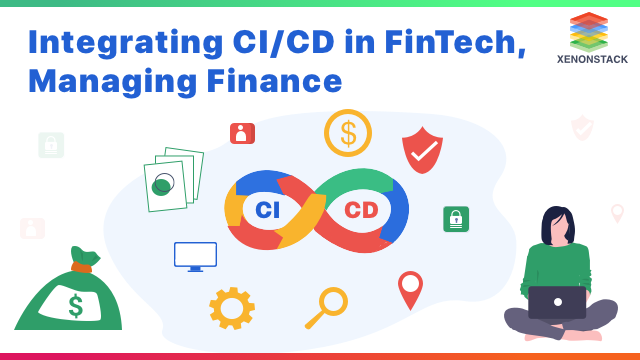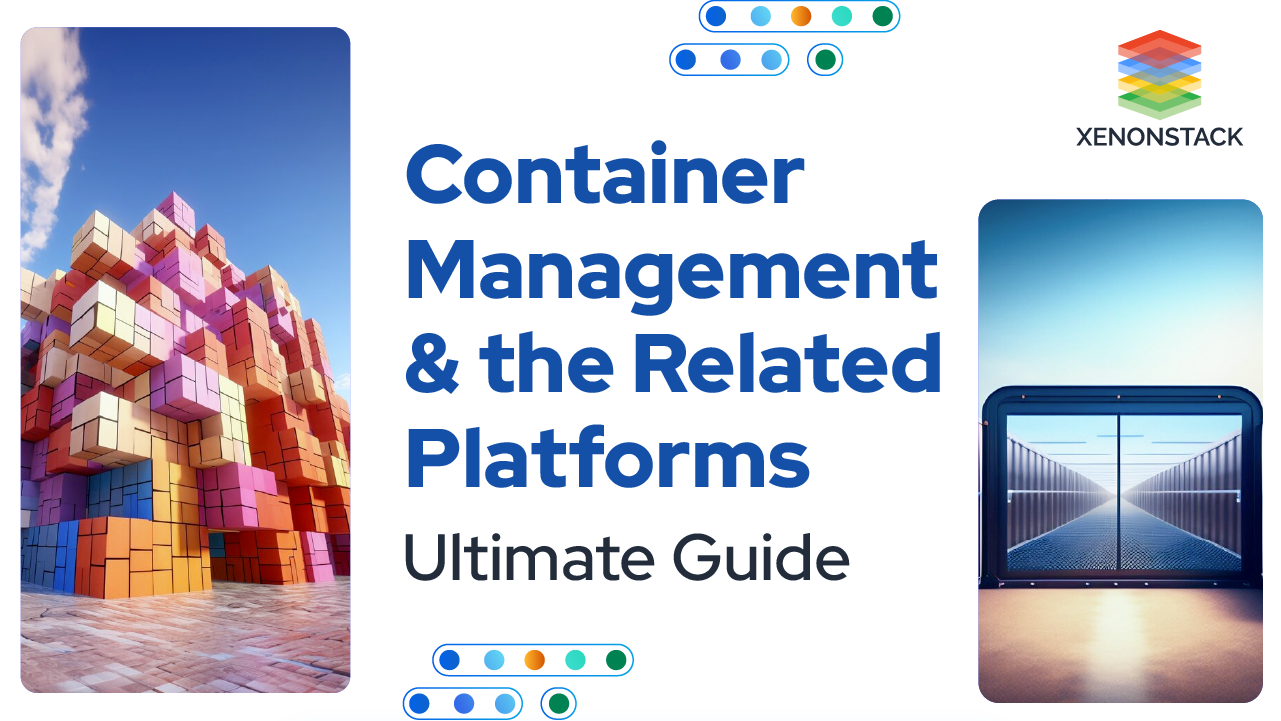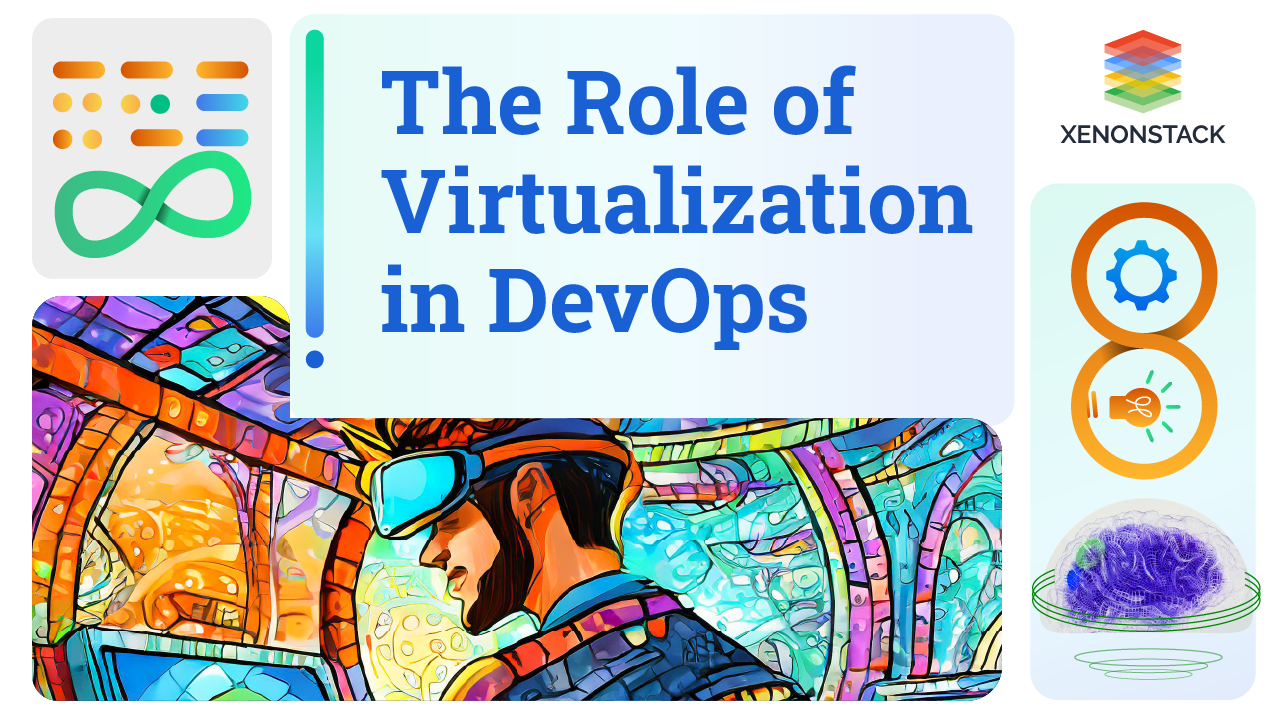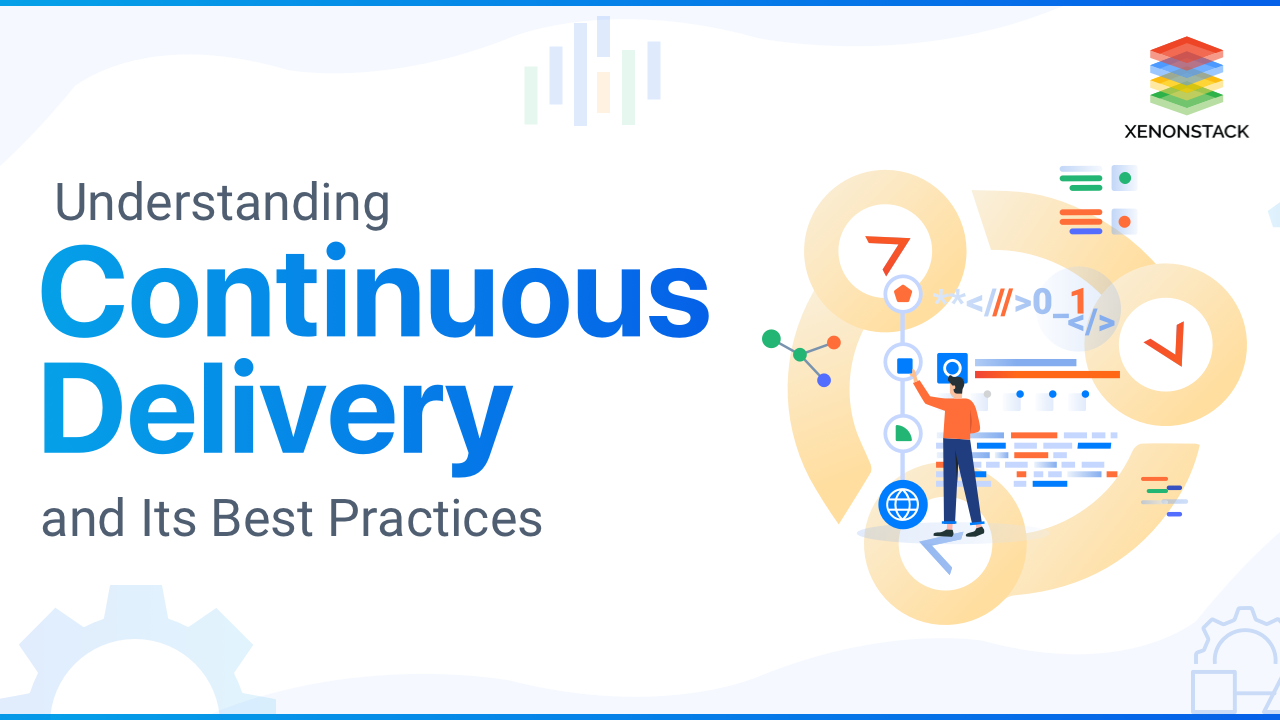
What is Continuous Delivery?
Continuous Delivery (CD) processes to build, test, configure and ready to deploy from a build to the production environment at any time. This process is automated which is the extension of Continuous Integration. The purpose of CD is to keep production up to date by integrating the latest code available in version control or with any required package as soon as possible. Note: It is possible to have Continuous Integration without CD, but it's challenging to have Continuous Delivery without Continuous Integration.A strategy in which the development teams ensure the software is reliable to release at any time.” Click to explore about, Continuous Integration and Continuous Delivery
Why Continuous Delivery Matters?
- The software release is getting slower than usual.
- Ensure products quality is up to the mark along with the speedy delivery to users.
- Provides online services (as it's not compulsory).
- Build new products at a faster pace and release to improve quality.
- Reduce vulnerabilities in products, by releasing security patches often.
How Continuous Delivery Works?
Continuous Delivery follows the concept of Continuous Integration to the next steps. Different modules of a software system integrated, to ensure code always deployable to production. It has an automated build, an automated test suite, and an automated process to deliver software to production. Using the automated process, it deploys software within minutes. CD is the core principle of DevOps. It includes predictable deploys, reduced risk with new features, shorter feedback cycle with the customer and overall higher quality of software.How to adopt Continuous Delivery?
Organizations which integrate Continuous Delivery in their process make mistakes like assuming CD as an end-state, a goal in itself, or spend a lot of time worrying about what products to use. So how to adopt it in their organization? Below are some points to be considered during adaptation -- First Organization's Architecture.
- What Culture followed?
- Follow the principle of Continuous Integration and Deployment, and make CI process as efficient as possible.
- Automate the testing process, and add manual testing too if needed.
- Automate the build and deploy task.
How Continuous Delivery adoption is successful?
Everything is relative, define success parameters like expectations after adopting the Continuous Delivery in the organization, and that parameter obviously should be in the domain which means we can't define "we live more as parameter" right?. Set the parameters more carefully and thoughtfully, because, in the end, everyone will deduce the result by these defined threshold value.What are the Continuous Delivery adoption challenges?
Everything has some price, same goes for CD integration, below are some challenges -- Automation price is not small.
- It's challenging to start adopting the CD if someone is not following the Microservices architecture.
- Organizational culture, and architecture.
Continuous Integration and Continuous Delivery mechanisms are applied to test server configuration, server image building, environment provisioning and the mixture of environments.” Click to explore about, How to Implement Infrastructure as Code in CI/CD Pipeline?
What are the benefits of adopting Continuous Delivery?
- The software is delivering with fewer bugs and lower risk.
- Improve Developer Productivity and efficiency.
- Software Release Process is automated.
- Finding bug become more accessible and so do addressing.
- Improve Customer Satisfaction.
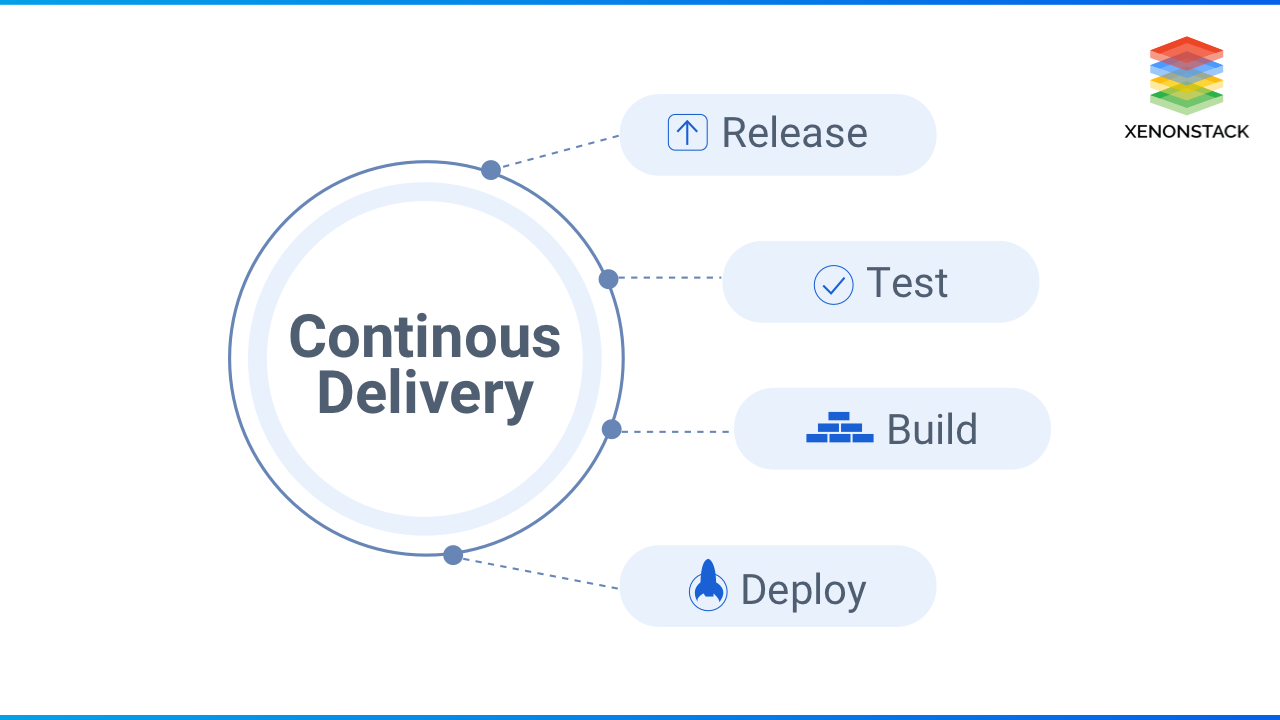
What are the best practices for Continuous Delivery?
So any organization who are willing to or already practicing CD in their organization should know what's the best practices to make CD successful and more efficient. Below are some points someone should consider -- An organization should follow the trend of "Build your binaries only once."
- Deploy the same way to all environments, whether its a production or User Acceptance Testing or any other.
- One should do the smoke test of deployments.
- Continuous Delivery should follow Instantaneous propagation means the CD should be the ongoing process of build, test, release (the most common one).
- CD should include the Database.
- Firstly, deploy to a similar environment like the production one, before deploying to finally to production.
- Implement GitOps.
- Monitor the CD pipeline and restart the pipeline once any stage fail.
- Automate everything.
What are the best Continuous Delivery Tools?
Codefresh
Codefresh is a modern CI/CD toolchain based on GitOps and Argo. It takes full advantage of the open source Argo toolkit and provides essential enterprise features such as a unified user interface, single pane for cloud-scale management, enterprise-grade secure execution, the ability to end-to-end checkout and single sign-on across multiple apps.
FluxCD
FluxCD is an open source continuous delivery engine designed for Kubernetes. It automates the deployment and management of applications in a Kubernetes cluster. FluxCD uses GitOps, a Git-centric approach to CDs, to manage the desired state of clusters in Git and automatically match the actual state to the cluster.
Spinnaker
Spinnaker is an open source, multi-cloud CD platform designed to make it easy to reliably and quickly release software changes. Spinnaker provides a pipeline-based CD approach that allows developing teams to automate and visualize the entire software delivery processes, from building and testing to deployment and monitoring.
Argo CD
Argo CD is an open source CD tool that uses GitOps to manage and deploy an application on Kubernetes at scale. It is designed to be highly scalable and works by continuously synchronizing the desired application state as defined in Git with the live state of the cluster.
GoCD
GoCD is an open source CD engine providing a pipeline-based software distribution approach. It helps organizations to automate and streamline the software delivery process, from creating and testing code changes to deploying them to production.
Harness
Harness is a continuous deployment and delivery (CI/CD) platform that helps organizations automate processes of delivering software changes to production. It provides features such as continuous integration, automation of the deployment process, and continuous updates.
GitLab
GitLab is a web-based Git repository manager that provides continuous integration, source code management (SCM), and more. The platform helps manage the entire software development lifecycle (SDLC), from planning to implementation. With GitLab, teams can manage and host their source code repositories, track bugs, and collaborate with other teams on their projects.
Azure DevOps
Azure DevOps provides a set of features for different roles on the DevOps team, including developers, IT, and project managers. Users can access these features through an IDE client or a web browser. This suite offers two deployment types: Azure DevOps Services for the cloud and Azure DevOps Server for on-premises deployments.
A Comprehensive Approach
Continuous delivery is a software development discipline where code modifications are automatically prepared for a release to production which improves productivity and efficiency of software development teams.To Incorporate Continuous Delivery model we recommend taking the following steps:- Understand How to Build and Deploy Continuous Delivery Pipeline with Jenkins
- Get an insight Continuous Delivery with Jenkins and PHP Laravel on Kubernetes
